
Anjin started with a fast, lovable prototype. But the moment we tried to scale it, the cracks showed. This article breaks down the lessons we learned from moving beyond the "Lovable Edition" of our stack and how we rebuilt Anjin for real users, real security, and real deployment.


We’re still figuring this part out. In this post, we’re opening up about the questions we’re asking around limits at Anjin - whether it’s credits, domain restrictions, seat limits, or something else entirely - and why we believe designing smart boundaries can actually create more value for users, not less.


What happens when one agent’s work becomes another’s input? In this post, we explore the challenges, opportunities, and design considerations behind agent chaining - how we’re beginning to connect modular agents together to do more complex, context-aware work.


We’re learning a lot by listening to our agents. This post is about how we’re making sense of those signals - why we brought BigQuery into the loop, and how observability is shaping the way we scale Anjin.


Anjin is built on modular AI agents - but that decision came with trade-offs. In this post, we’re exploring how we approach agent modularity, what it unlocks for users, and why treating every agent as unique is a deliberate response to the limitations we see across the current AI agent landscape.


In this post, we take you behind the scenes of how we’re designing Anjin’s admin dashboard. It’s not just about buttons and panels - it’s about building trust, enforcing rules, and preparing the platform to scale without compromise. Also, small note: it’s Sam’s birthday today. We’re launching this one with cake.


We’ve been spending evenings at the table with AI. Not just metaphorically - but literally. This article explores what happens when you treat AI agents like guests at a dinner party, and what that tells us about creativity, constraint, and how we build.


After 30 updates, dozens of fixes, hundreds of agents, and thousands of runs — we’ve seen something bigger than we expected. Anjin isn’t just a place to find useful tools. It’s becoming a platform where people are building futures. Together.


We always said agents could be more than tools — they could be products. Last week, we processed our first round of payouts to Anjin creators. Here’s what was earned, what was sold, and what we learned from watching it happen.


When we first launched, most users ran one agent at a time. Now, we’re seeing something new: people stacking agents together to solve more complex tasks. Here’s how chaining works inside Anjin — and why it changes everything.


We’ve been shipping a lot since launch — just not shouting about it. This post is a quiet summary of what’s changed, why we made those changes, and how listening to users is shaping the platform day by day.


Now that the doors are open, we’re starting to see what people actually do with Anjin. Here’s a short breakdown of the early traction — what’s being run, what’s surprised us, and what that means for where the platform goes next.


We’re launching in September. So what actually happens on day one? What will be ready, who will get access, and how will it all work? Here’s a practical walkthrough of what to expect — and why it’s built this way.


Last time, we shared the story of a failed agent. This time, we’re showing one that worked — and what made the difference. Here’s how a few key design decisions turned a generic concept into a trusted daily tool.


Not every agent makes it to launch. Some work better in theory than in practice. This is the story of one that didn’t — and what we learned from trying to make it work.

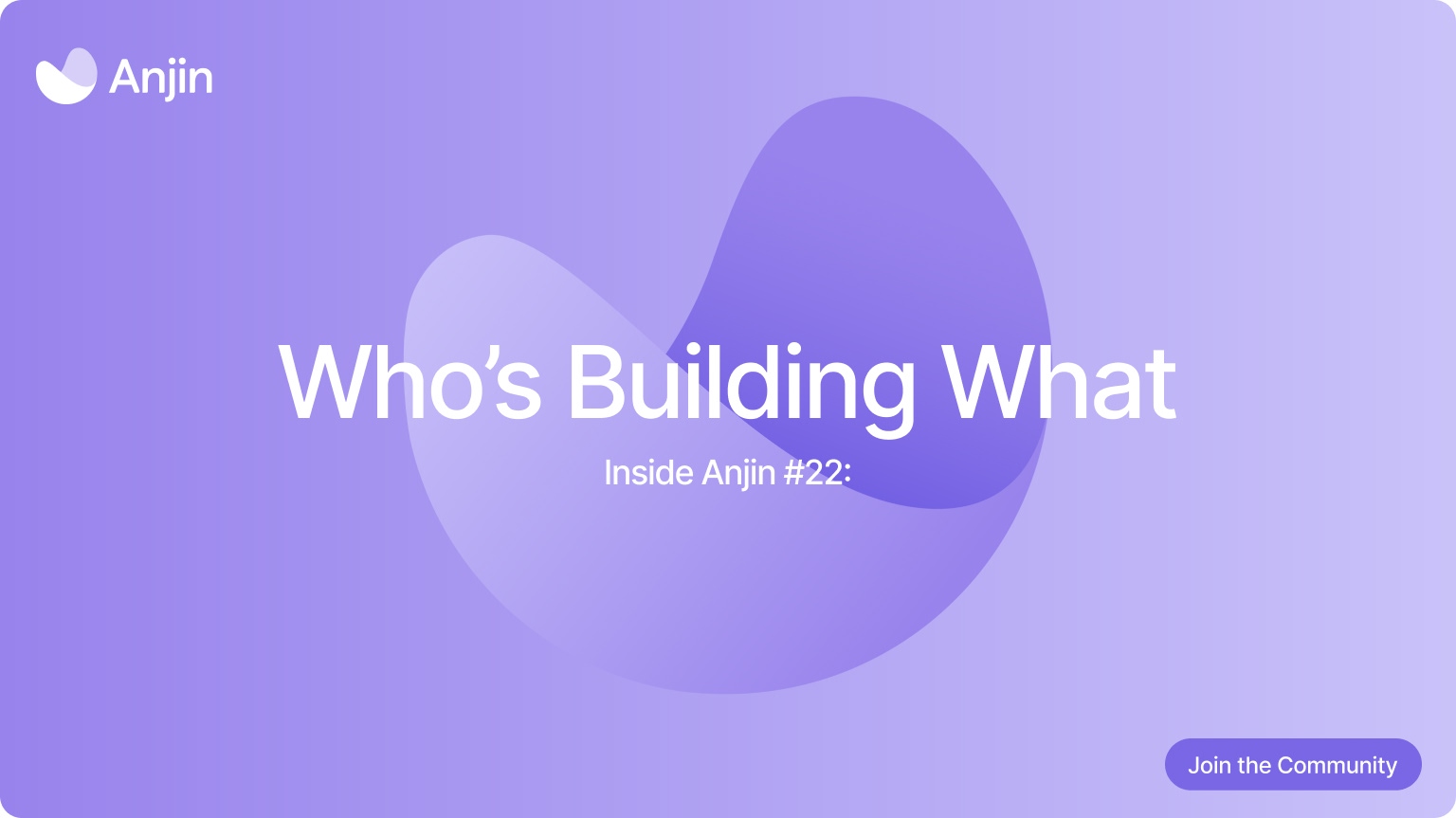
There are over 200 people on our waitlist. Some want to use our built-in agents. Others want to create their own. And a handful are already building inside Anjin in quiet, focused ways. Here’s what we’ve learned from watching them.

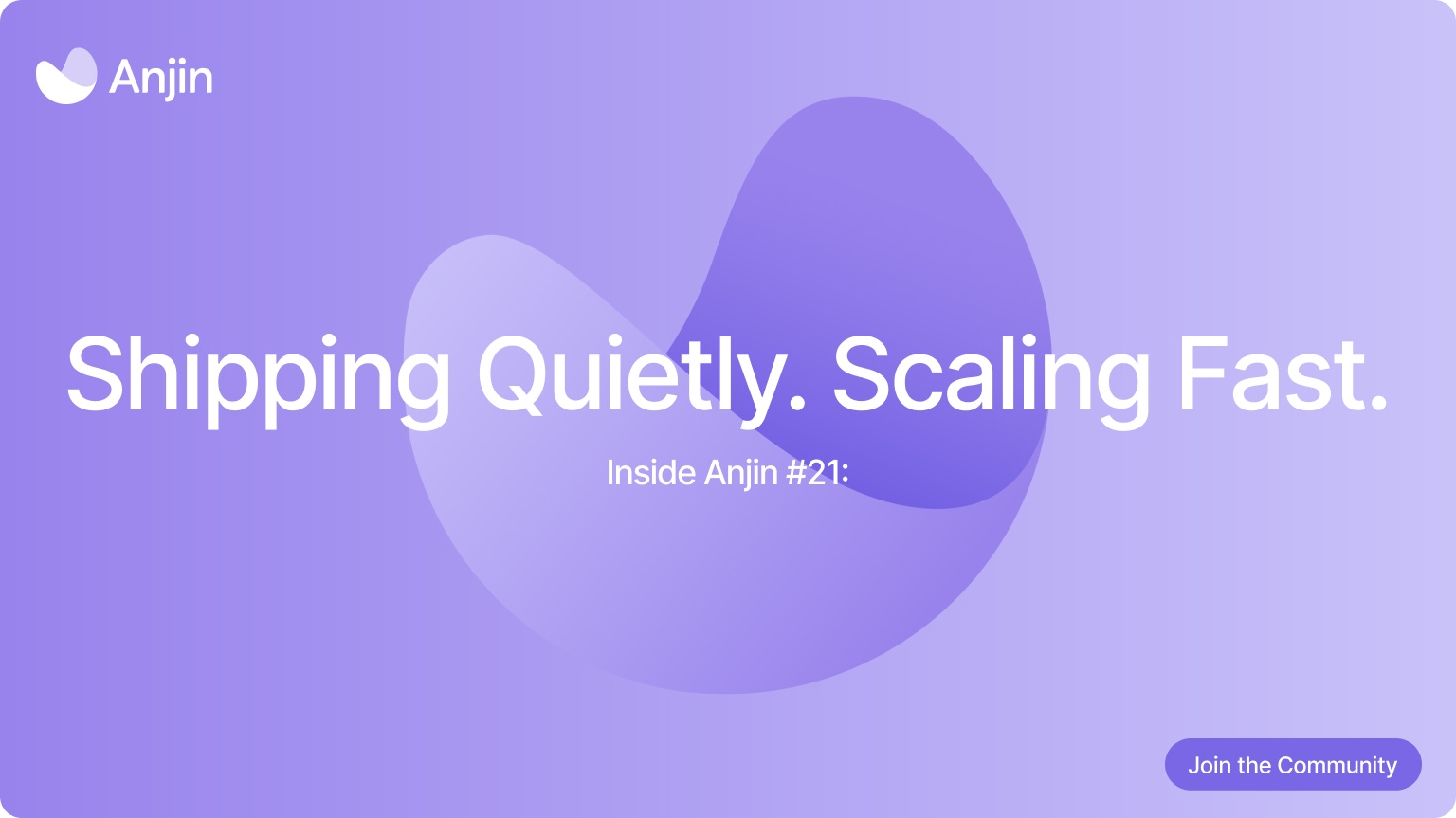
We haven’t launched yet. But we’ve been busy. In this update, we’ll share what’s live behind the scenes, what’s changed over the last few weeks, and why we’re holding our nerve ahead of September.

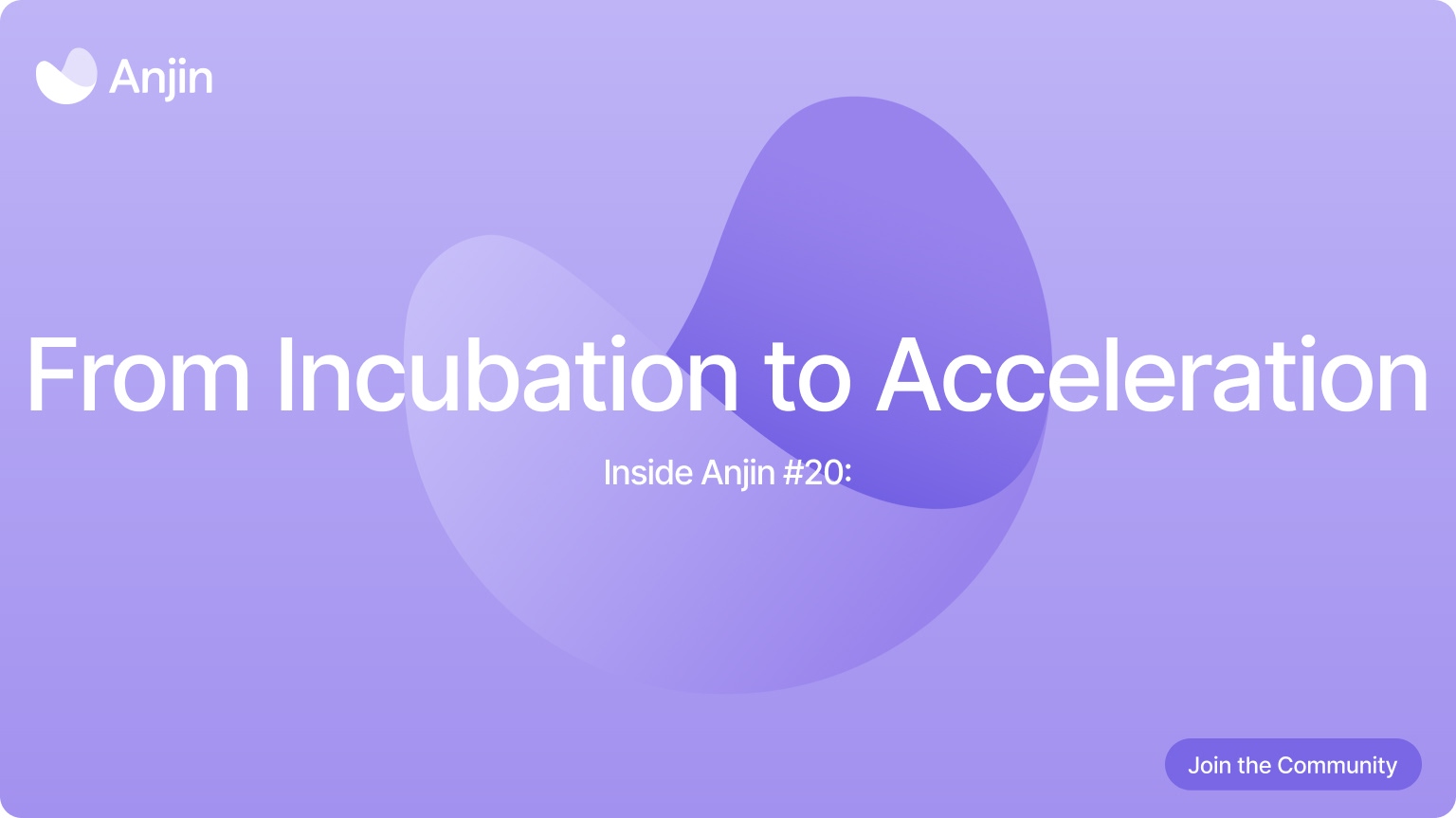
The product works. The platform is stable. The agents are running. So what’s next? We’re now stepping into a phase that goes beyond building tools — we’re helping others launch with them. This post shares how Anjin is becoming a starting point for real ventures, not just individual workflows.


We didn’t just build agents for other people. We’ve been running our own business with them from the start. This post shares what it looks like to actually use Anjin’s agents to drive marketing — the wins, the flaws, and the things we learned by relying on the product before anyone else.

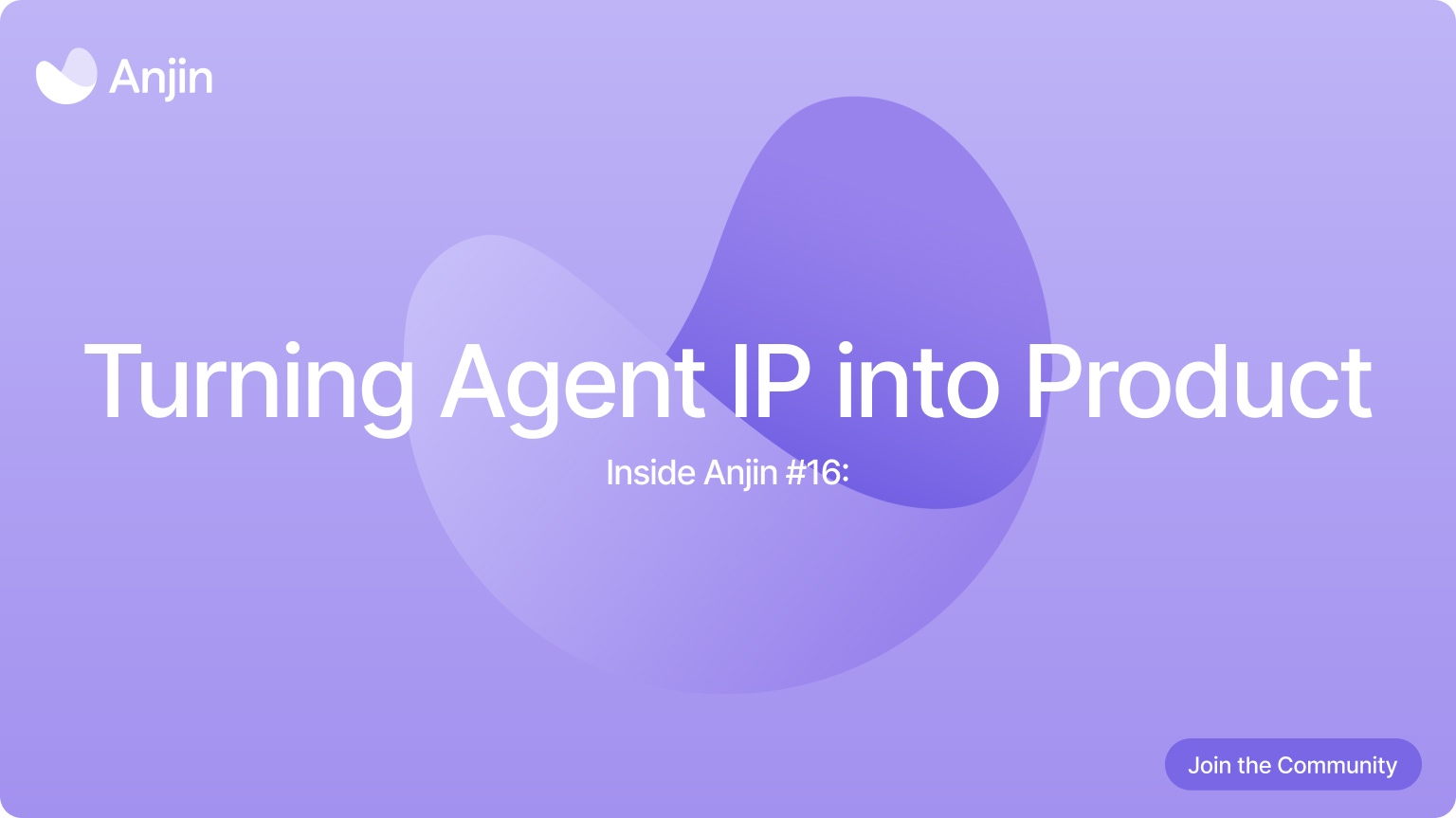
Some people come to Anjin to use agents. Others arrive with something bigger in mind: they’ve got the IP, insight, or repeatable know-how to turn into an agent themselves. In this post, we’ll share how we’re supporting that second group — and why it benefits everyone on the platform.

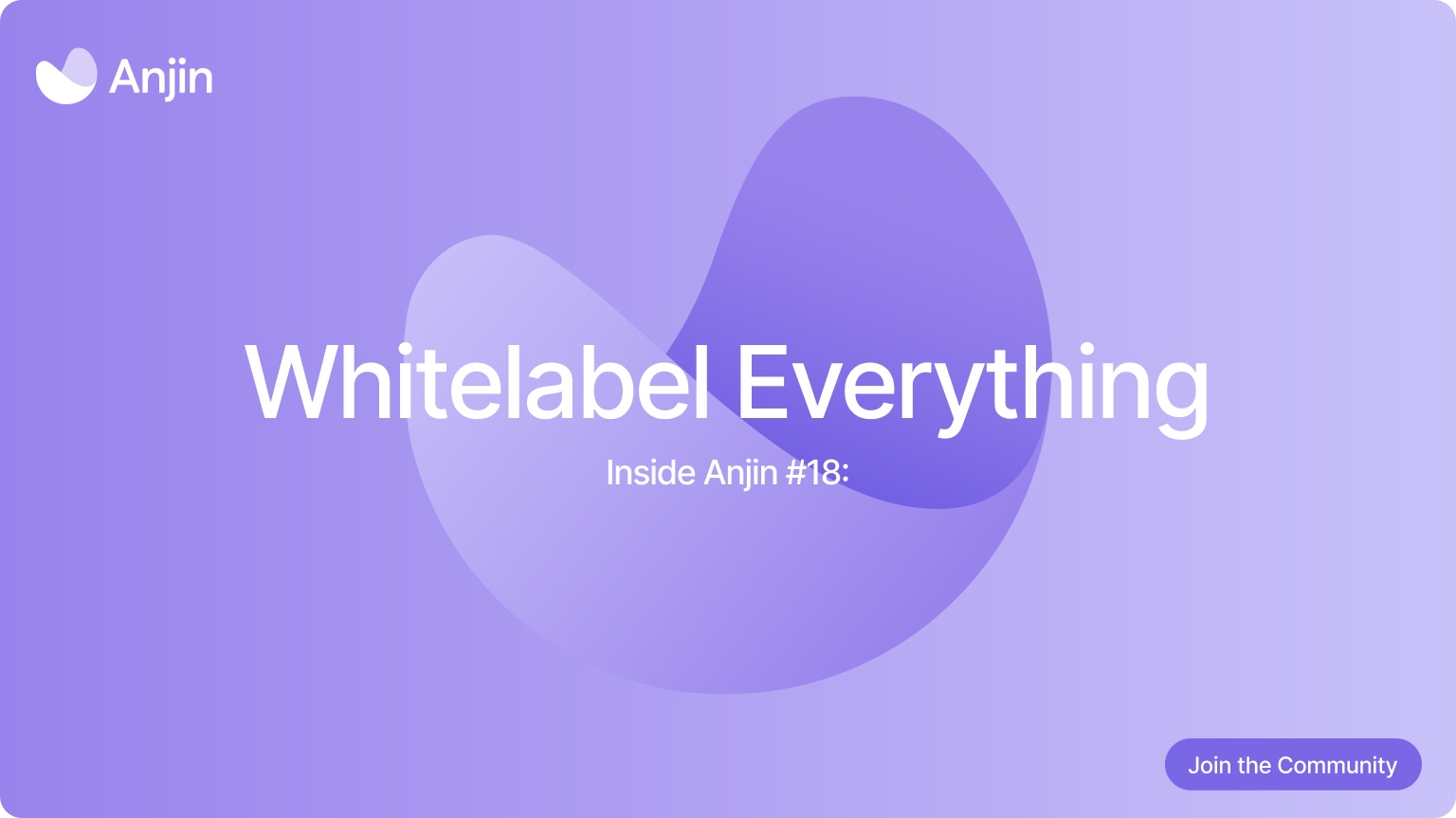
Some people use Anjin. Others build with it. But there’s a third group growing fast — teams who are now taking our platform, rebranding it, and launching into their own niche. This post is about how whitelabelling works at Anjin, and why it’s one of the most powerful ways to scale without shouting.

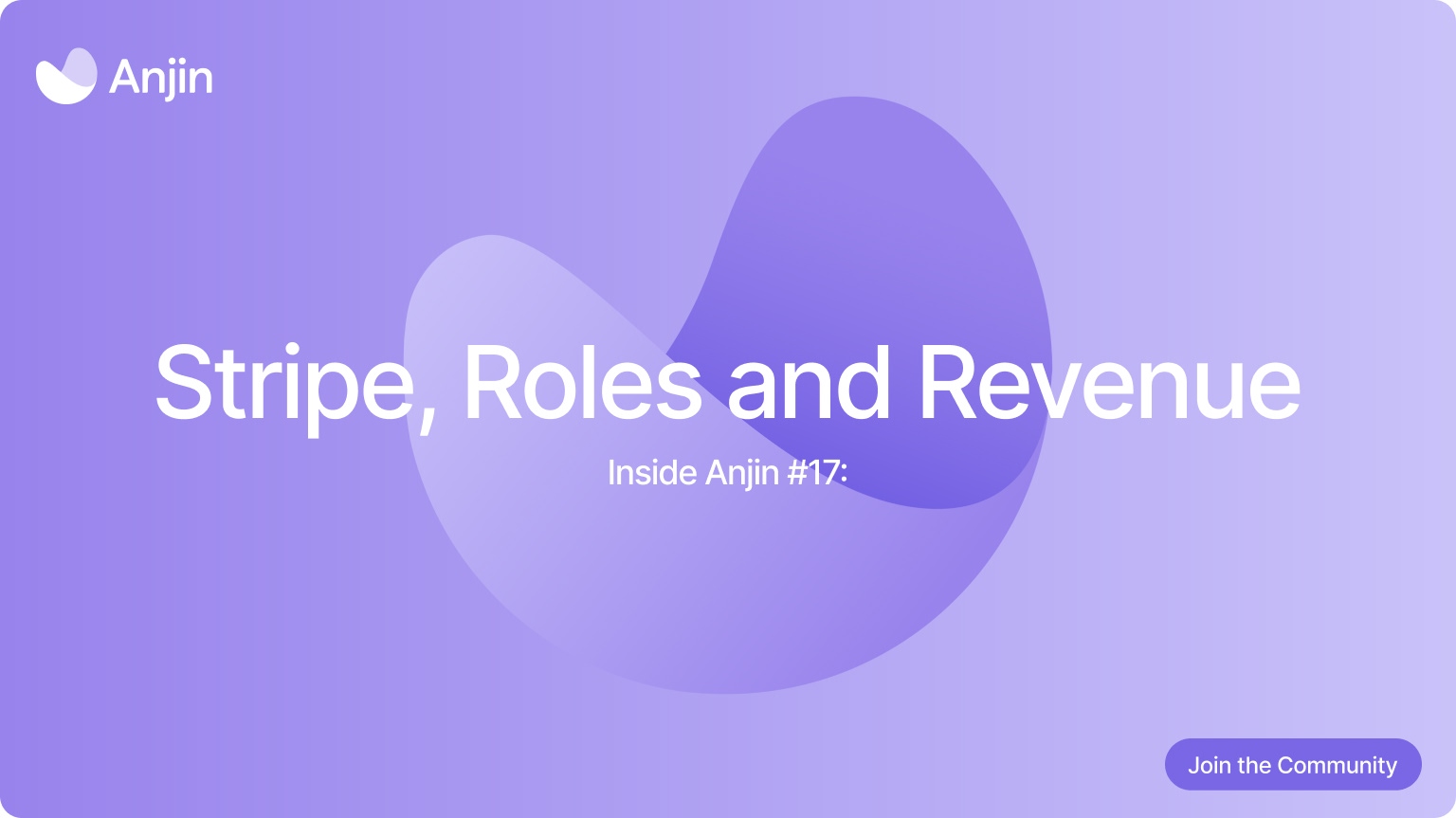
If you’re going to let people run paid agents through your platform, you need more than a form and a payment button. You need role control, revenue logic, and reliable infrastructure that works whether someone’s using one agent or a hundred. That’s what we’ve been building into Anjin.

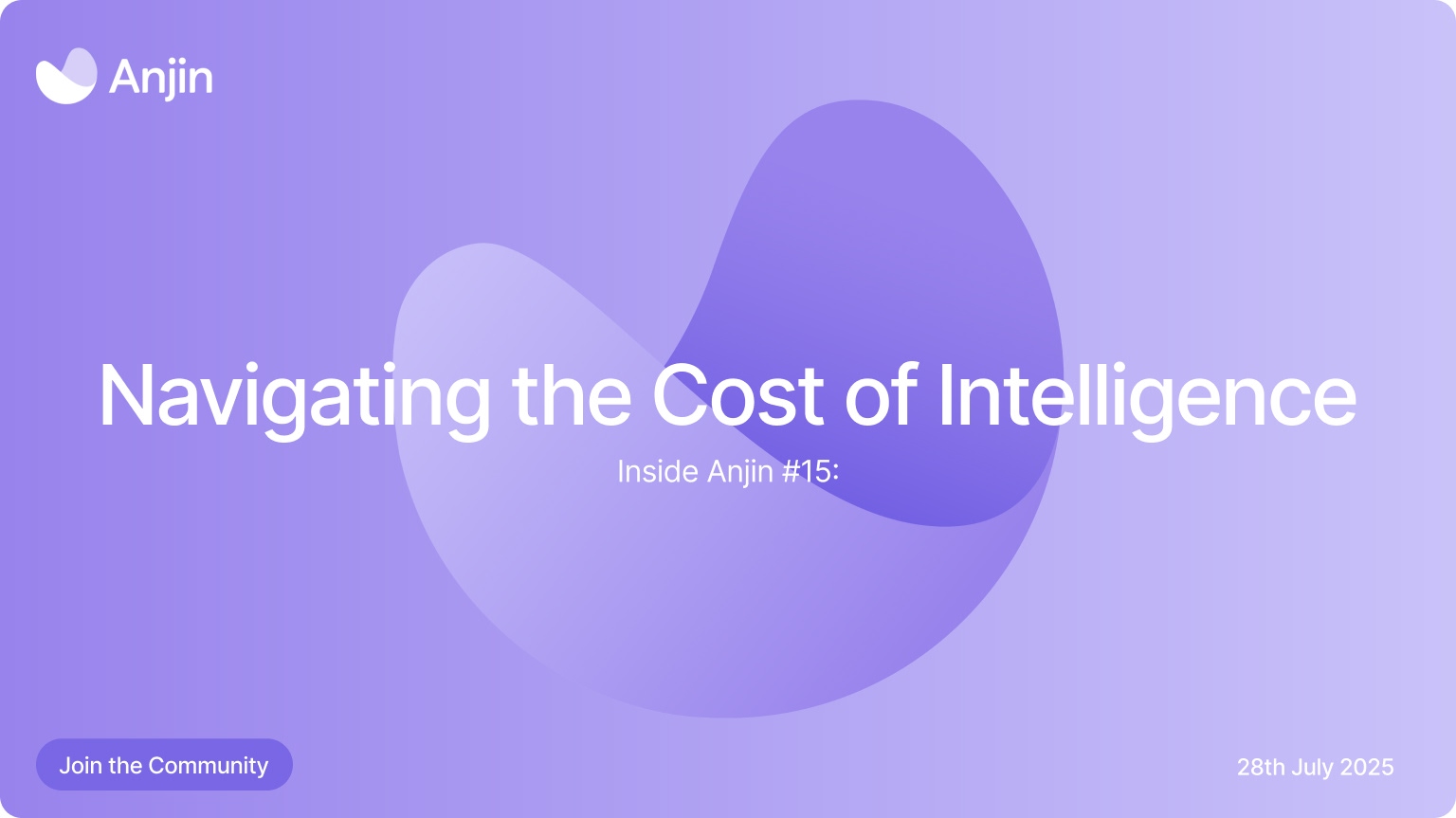
There’s a cost to intelligence. Not just in money - but in architecture, design trade-offs, and long-term sustainability. In this post, we’re pulling back the curtain on what it really takes to run useful agents at scale - and how we’re thinking about cost as a product design challenge, not just a finance one.

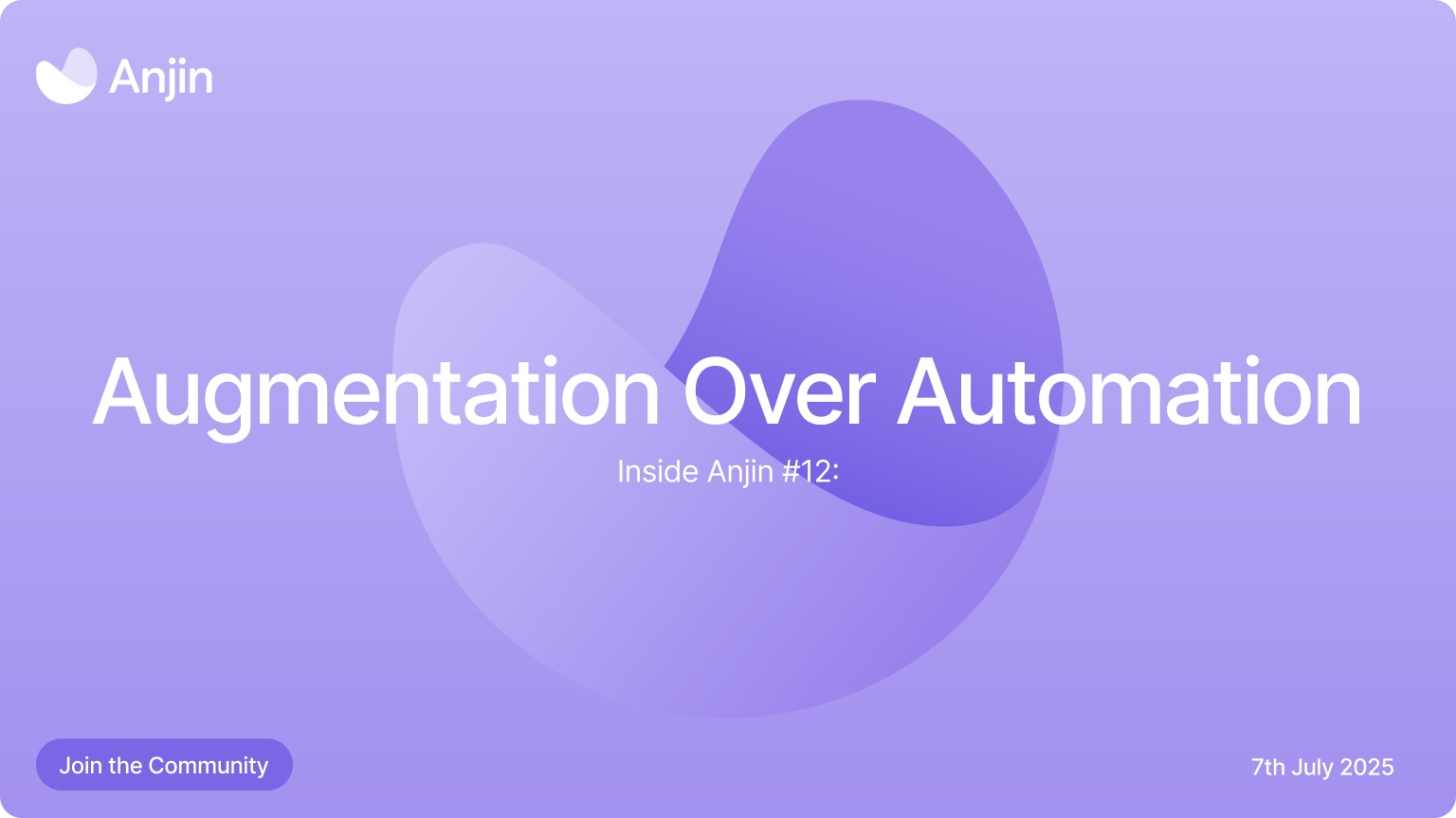
There’s a quiet shift happening in how we think about AI. For all the talk of replacing jobs, automating tasks, and removing humans from the loop, the tools that last—the ones people trust—don’t replace us. They support us. This post explores why Anjin builds for augmentation, not automation.

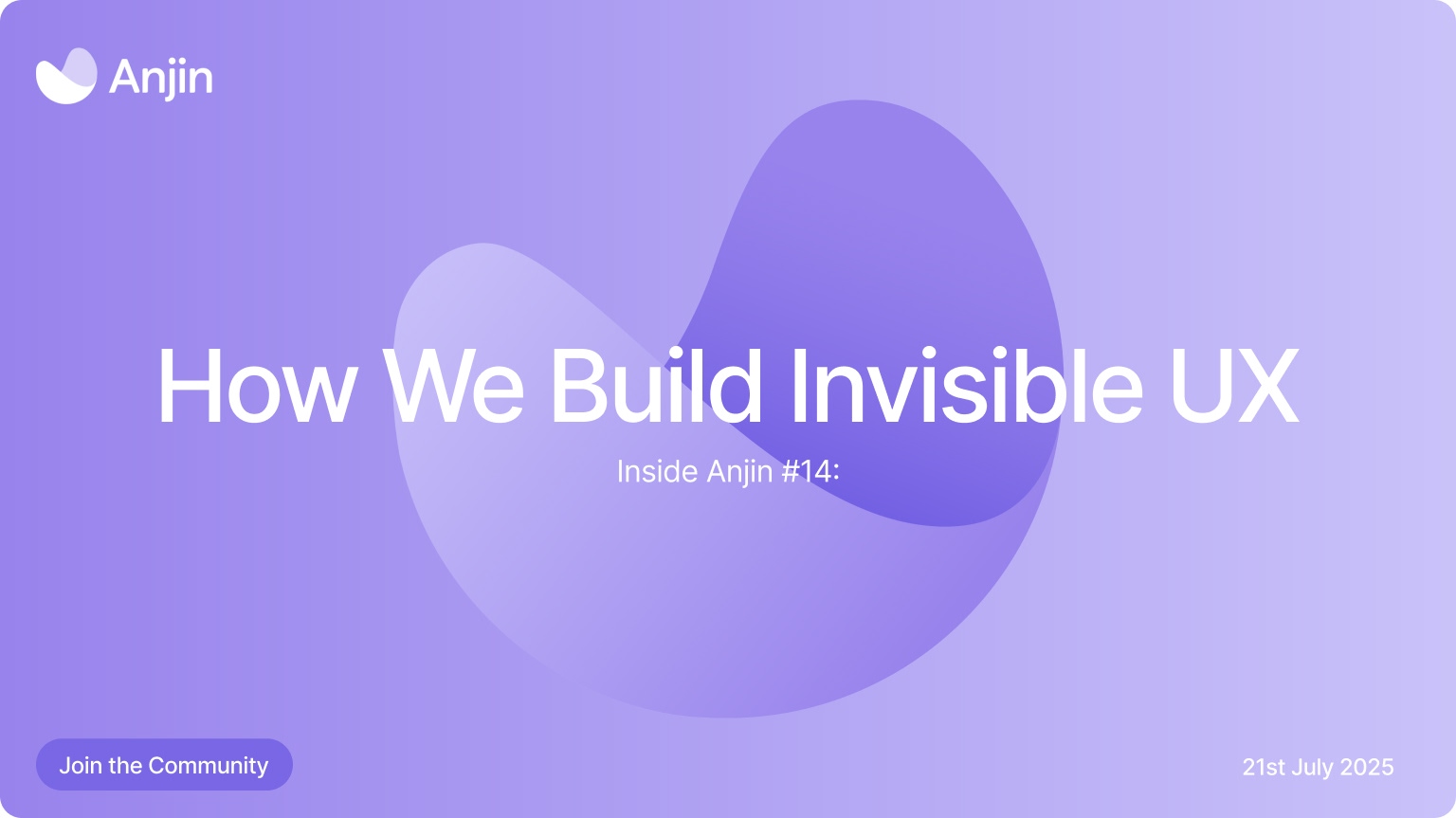
If we’ve done our job right, you won’t notice most of what’s happening inside Anjin. This post is about the work that sits behind the surface - how we design agent experiences that feel simple, even when the logic, chaining, and execution beneath them are anything but.

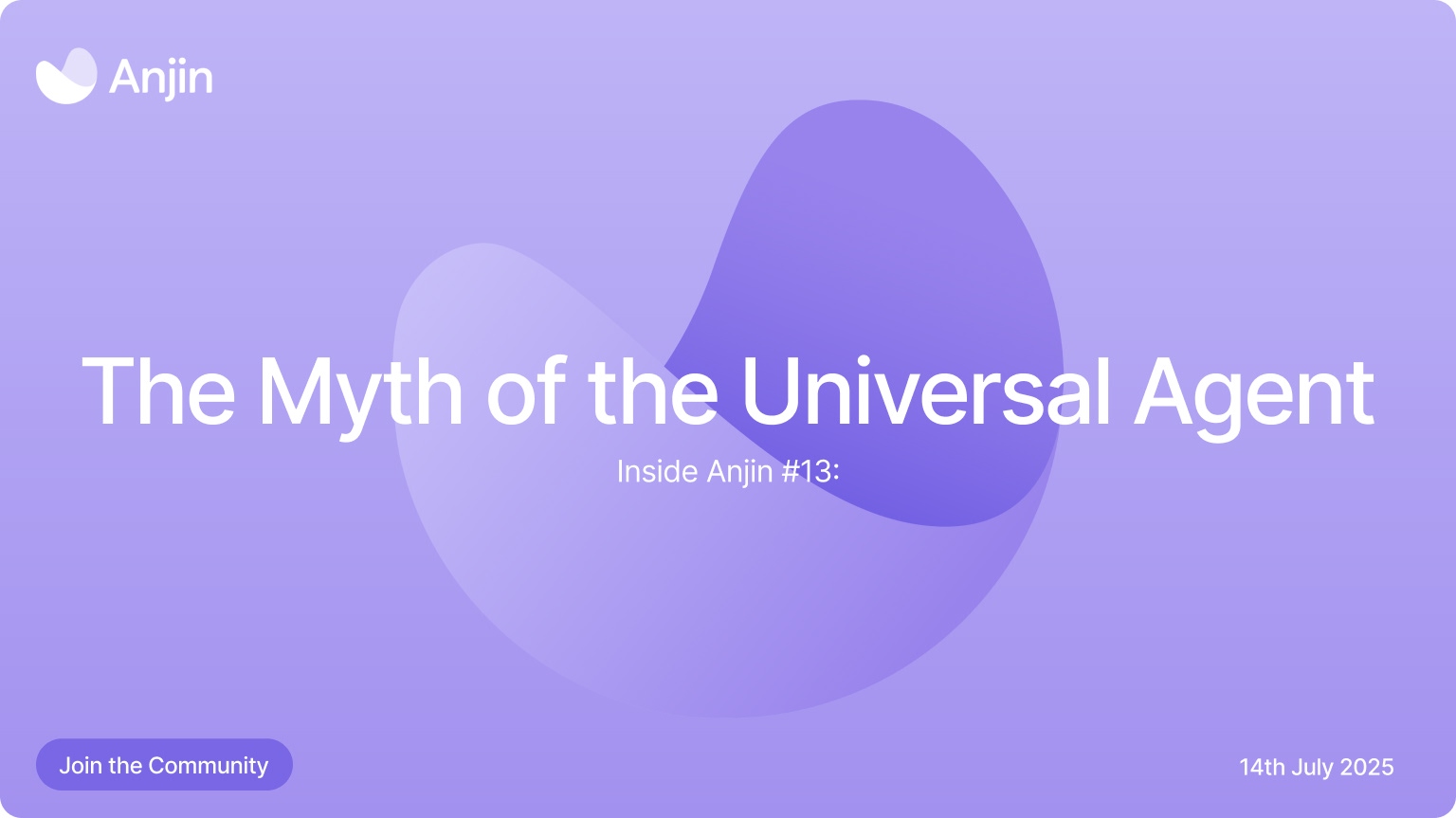
If you’ve spent any time in the AI space recently, you’ve probably heard some version of: “This agent can do everything.” It sounds impressive - until you try to use it. In this post, we unpack why we don’t believe in universal agents - and what we’re building instead.


We’ve all seen the demos. The tweets. The decks. But building AI people actually return to? That’s a different game. In this piece, we explore why most AI products never move past the hype—and how thoughtful design, problem clarity, and real user context turn novelty into habit.


Not everything we’re working on makes it into production. Some agents are too ambitious, some are half-formed, and some are just waiting for the right use case. This post is a peek into the ideas that are still sitting on the whiteboard - and an open invitation to shape what comes next.


Giving someone access to an AI agent isn’t just about turning something “on.” It’s about deciding who should be able to do what - and making sure they don’t accidentally (or intentionally) do the wrong thing. In this post, we’re unpacking how we think about roles, permissions, and platform governance at Anjin.


Measuring success in an AI product is tricky. Especially when your agents return something every time - even if that something is confidently wrong, weirdly formatted, or “technically correct but completely useless.” In this post, we’re unpacking how we think about observability at Anjin - and why “Did it work?” isn’t a helpful question.
